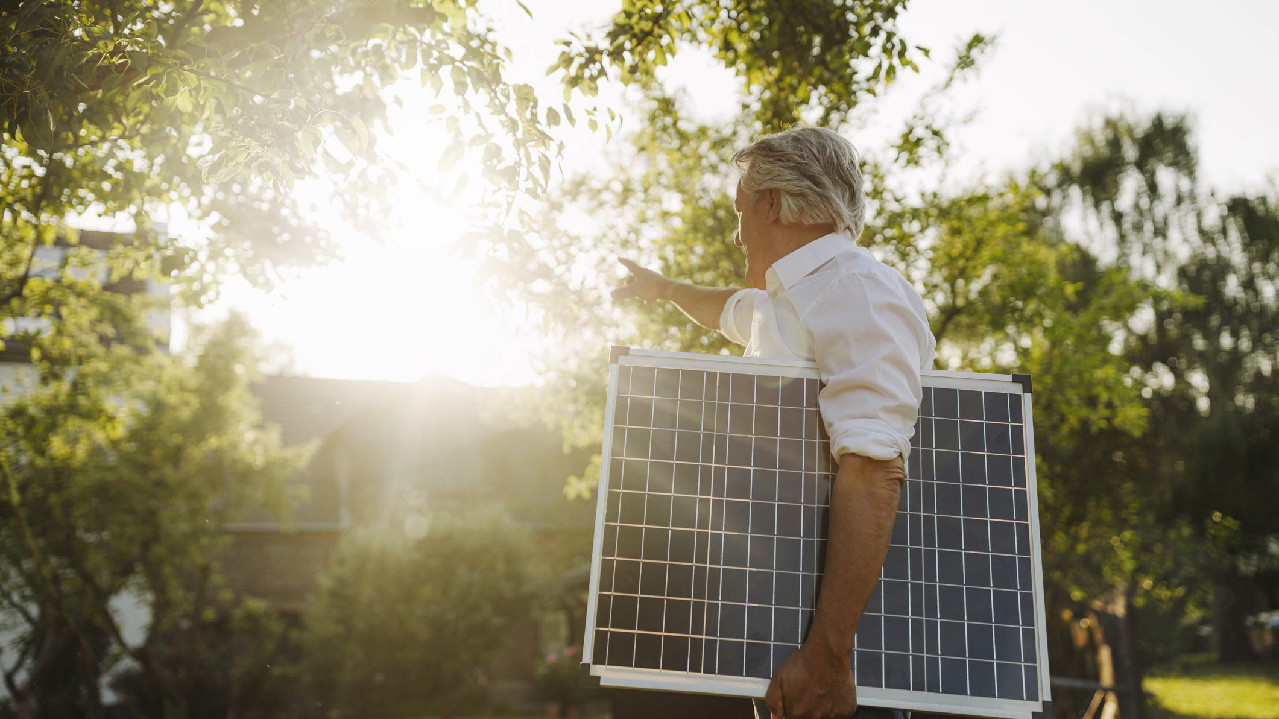
Solar Feed-In Tariffs and Home Battery Storage
As solar feed-in tariffs (FiTs) from energy retailers will undoubtedly decrease further, Australian homeowners are looking for new ways to recoup their investment in solar panels. Could innovative solar battery storage solutions that store the clean energy PV panels generate be the answer?
Solar Feed-In Tariffs and Home Battery Storage
Following cuts across several states, solar feed-in tariffs from energy retailers are expected to decrease further over the coming years, with many Australians looking for new ways to earn money from their investment in solar panels. The uptake in home battery storage is now increasing with the reduced financial outlays involved in buying and installing solar batteries. Homeowners are now turning to innovative solar battery storage solutions that enable their PV solar panels to store clean energy and move further towards achieving energy independence from electricity retailers and rising energy costs.
What is a solar feed-in tariff?
A solar feed-in tariff is a payment you receive for the excess energy that the solar panels on your roof generate that’s sent back to the electricity grid. The feed-in tariff you’ll receive for this excess energy depends on several factors, including the state in which you live, when you installed your solar PV system and how much solar-generated electricity your household feeds back into the grid.
As the solar tariff is lower than the retail electricity tariff your energy retailer charges you, it’s to your benefit to use the energy that your panels generate for your household’s electricity needs instead of selling it to the grid and then buying it back at a higher price. Alternatively, you can look at joining an independent energy community, like sonnenCommunity, and help to protect your household and your local community from power outages while releasing yourselves from the rising costs of traditional energy suppliers.
How much can I earn from solar?
Numerous factors determine how much you could earn from your solar panels by selling the excess electricity generated back to the grid. However, as solar feed-in tariffs have decreased – and are expected to decrease further – the potential to earn revenue from solar is fast diminishing. That doesn’t mean you won’t save money with solar - far from it. The average Sydney household can save up to $900 annually with a 4-kilowatt solar system on their roof and the average household in Melbourne could save up to $890. Savings like that help homeowners recuperate their investment in a PV solar system, with most households recouping their costs in around 5-6 years, depending on a variety of factors, including eligibility for Government rebates.
What could I save with a solar battery?
Another option to consider – one that’s popular among homeowners who are no longer happy with the feed-in tariff their energy provider pays them – is to use your solar panels to save you money. And that’s exactly what many Australians are doing now by investing in a home solar battery system that enables them to store and use the electricity their solar panels generate. With this option, you no longer have to deal with a lower feed-in tariff than the rate you pay when you access electricity from the grid, and you still have the option to participate in a virtual power plant (VPP) and join an independent energy community like sonnenCommunity.
Like the amount of revenue you can earn from solar feed-in tariffs, how much you’ll save with a solar battery depends on numerous factors, including your electricity usage, the size of your home and where it’s located, the number of solar panels and size of your roof, shading, and the quality and size of your home battery system. One of the main ways in which home solar battery storage saves households money on their electricity consumption and protects against blackouts is by enabling the use of their solar power after dark. The more solar power you generate and store for use at night and on low-sun days, the less you rely on grid-generated electricity, and lower your electricity bills.
Try the sonnen Solar Battery Calculator to see what you could save by using home battery storage or contact our team to find out how the sonnenBatterie could work for you.
Join the thousands of Australian households who’ve opened the door to a more self-sufficient and energy-independent future with a solar battery. To get started on your energy independence journey, explore the sonnen product range, including the sonnenBatterie Evo, and the home battery schemes that provide rebates, subsidies or interest-free loans to households who intend to install solar batteries.
Also, try the sonnen Solar Battery Calculator to see what you could save by using home battery storage or contact our team to find out how the sonnenBatterie could work for you.







